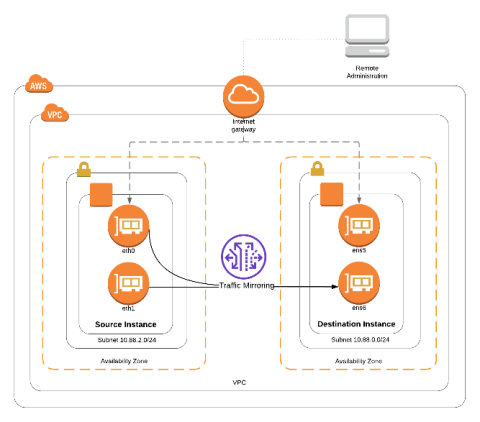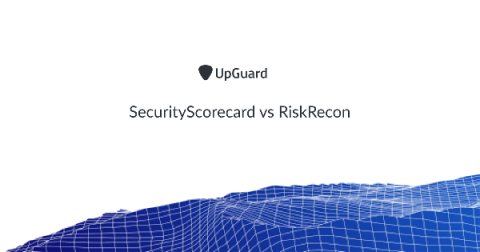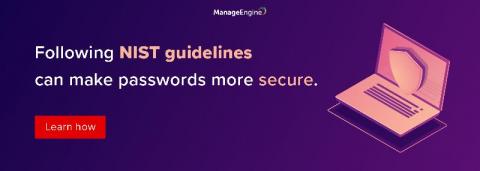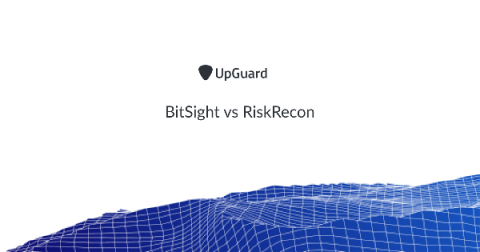Security | Threat Detection | Cyberattacks | DevSecOps | Compliance
Latest Blogs
SecurityScorecard vs RiskRecon Comparison
Chances are you understand the impact of poor risk management, particularly third-party risk management and vendor risk management, on your organization's reputation. Technology has increased the speed and scale of commerce and communication, and in turn, has increased your organization's exposure to cybersecurity risk, particularly cyber threats that lead to data breaches and cyber attacks.
Whatever happened to cryptojacking?
A couple of years ago it felt like you couldn’t turn your head in any direction without seeing another headline about cryptomining and – its more evil sibling – cryptojacking. Countless websites were hijacked, and injected with cryptocurrency-mining code designed to exploit the resources of visiting computers. Victims included the likes of the LA Times, and political fact-checking website Politifact.
Remote Employee Monitoring: How to Make Remote Work Effective and Secure
Cybersecurity specialists treat remote employees as a threat, and they’re right to do so. However, remote work isn’t a temporary trend — it’s here to stay. Between 2017 and 2018, 36 million (or 25%) of US employees sometimes worked at home according to the US Bureau of Labor Statistics. For lots of specialists, the ability to work outside the office is an important benefit when choosing an employer.
Audit Checklist for Social Compliance
A social compliance audit, also known as a social audit, is an effective way to determine if an organization is complying with socially responsible principles. Social compliance refers to how a company protects the health and safety as well as the rights of its employees, the community, and the environment where it operates in addition to the lives and communities of workers in its distribution chain and its supply chain.
Attackers Taking Advantage of the Coronavirus/COVID-19 Outbreak
Covid-19: The importance of data & how it relates to Network Security
When China built an entire emergency hospital in a matter of days in Wuhan – a city about the size of NYC that most of us had never heard of – the world was watching with concern, but somehow still expected and hoped that the crisis would somehow remain contained to China, or at least Asia. People in Europe and the U.S.
All you need to know about NIST password guidelines
The National Institute of Standards and Technology (NIST), a physical sciences laboratory and a non-regulatory agency of the United States Department of Commerce, recently released their guidelines for password security. Some of them are contrary to what we’ve come to believe are good password policies. Our IT security expert will talk more about these guidelines in our upcoming webinar. Let’s take a look at what some of them are.
BitSight vs RiskRecon
Whether you're a CISO, Vice President or individual contributor, you understand that information technology has changed how we do business, for better and for worse. Technology has brought speed, scale, and better customer experience to all aspects of commerce and communication, but it has also increased cybersecurity risk, particularly data breaches, cyber attacks, and other cyber threats.
ICS Environments and Patch Management: What to Do If You Can't Patch
The evolution of the cyber threat landscape highlights the emerging need for organizations to strengthen their ability to identify, analyze, and evaluate cyber risks before they evolve into security incidents. Although the terms “patch management” and “vulnerability management” are used as if they are interchangeable, this is not the case. Most are confused because applying patches is one of the many tools that’s available in our arsenal for mitigating cyber risks.










